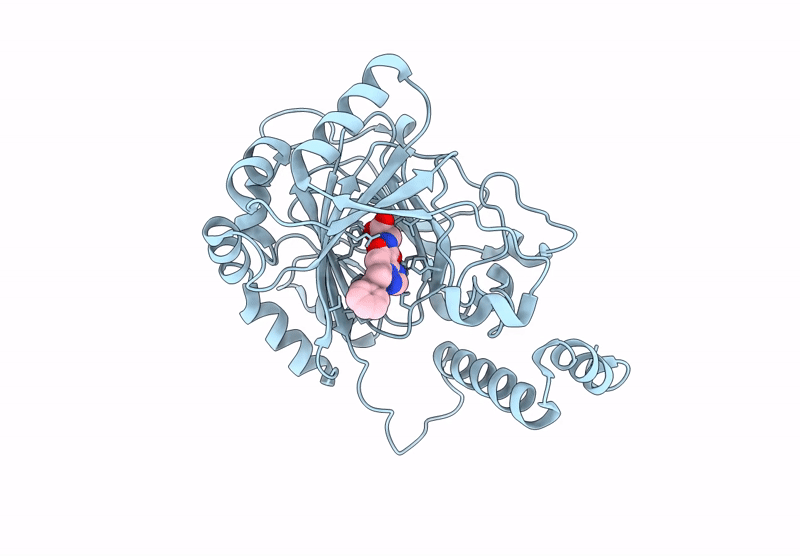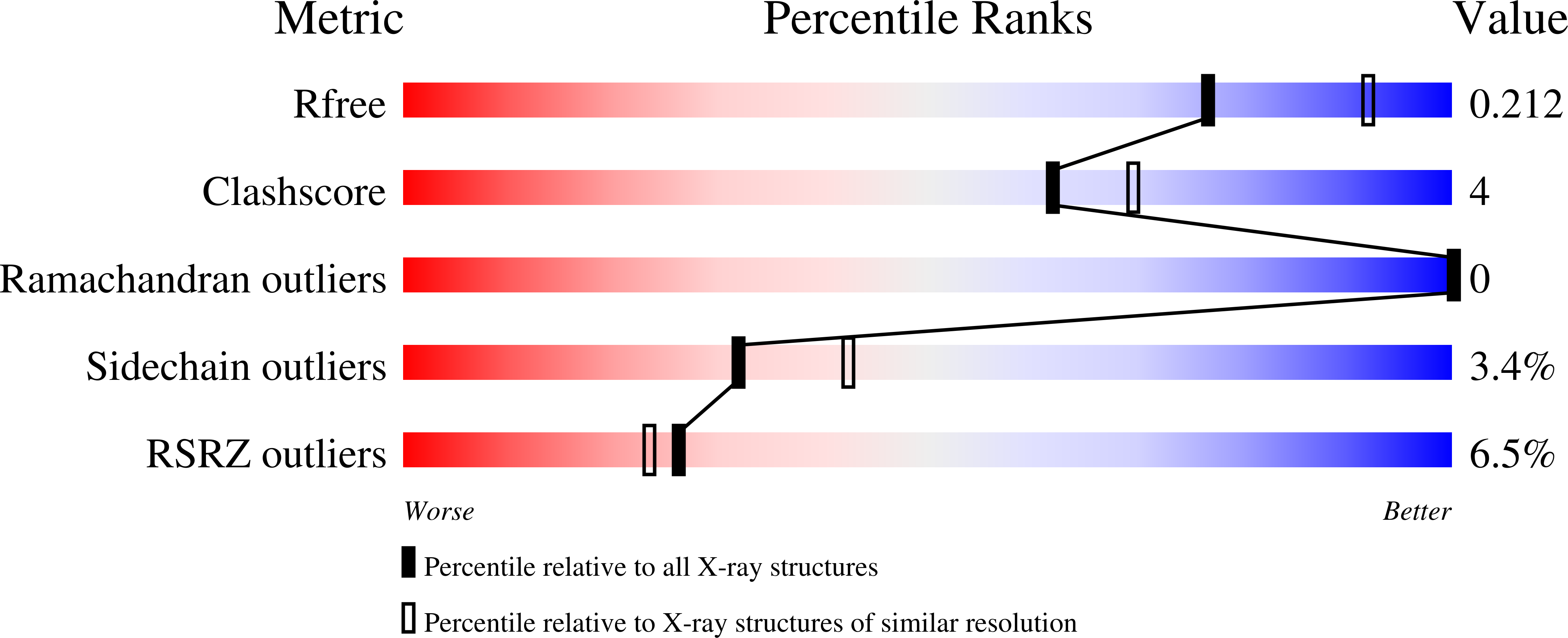
Deposition Date
2024-06-21
Release Date
2025-01-29
Last Version Date
2025-01-29
Entry Detail
PDB ID:
9FSN
Keywords:
Title:
FIH in complex with Enarodustat crystal structure at 2.2A
Biological Source:
Source Organism:
Homo sapiens (Taxon ID: 9606)
Host Organism:
Method Details:
Experimental Method:
Resolution:
2.20 Å
R-Value Free:
0.20
R-Value Work:
0.19
R-Value Observed:
0.19
Space Group:
P 41 21 2


